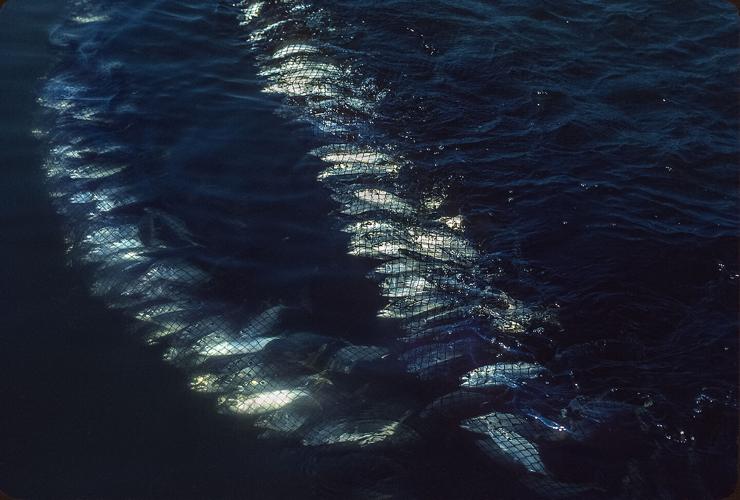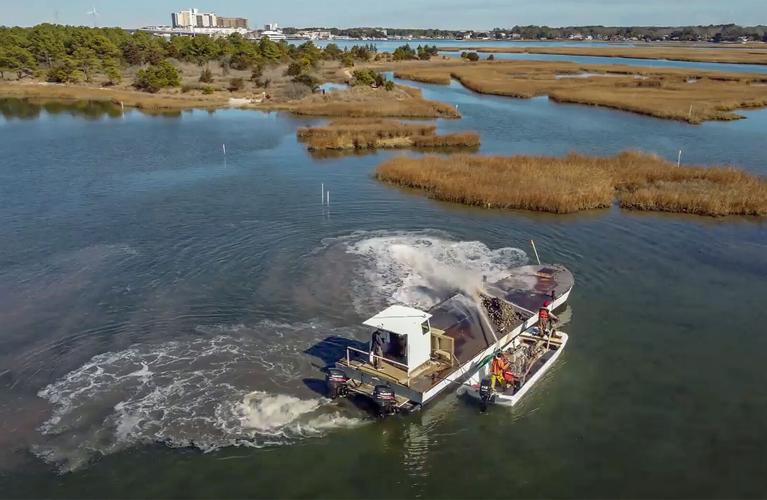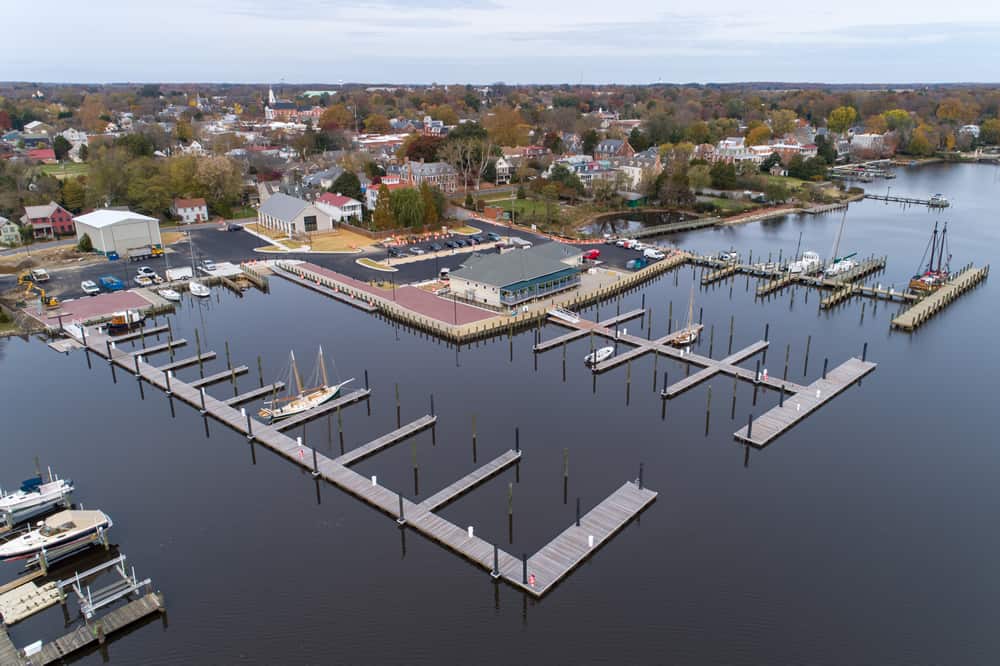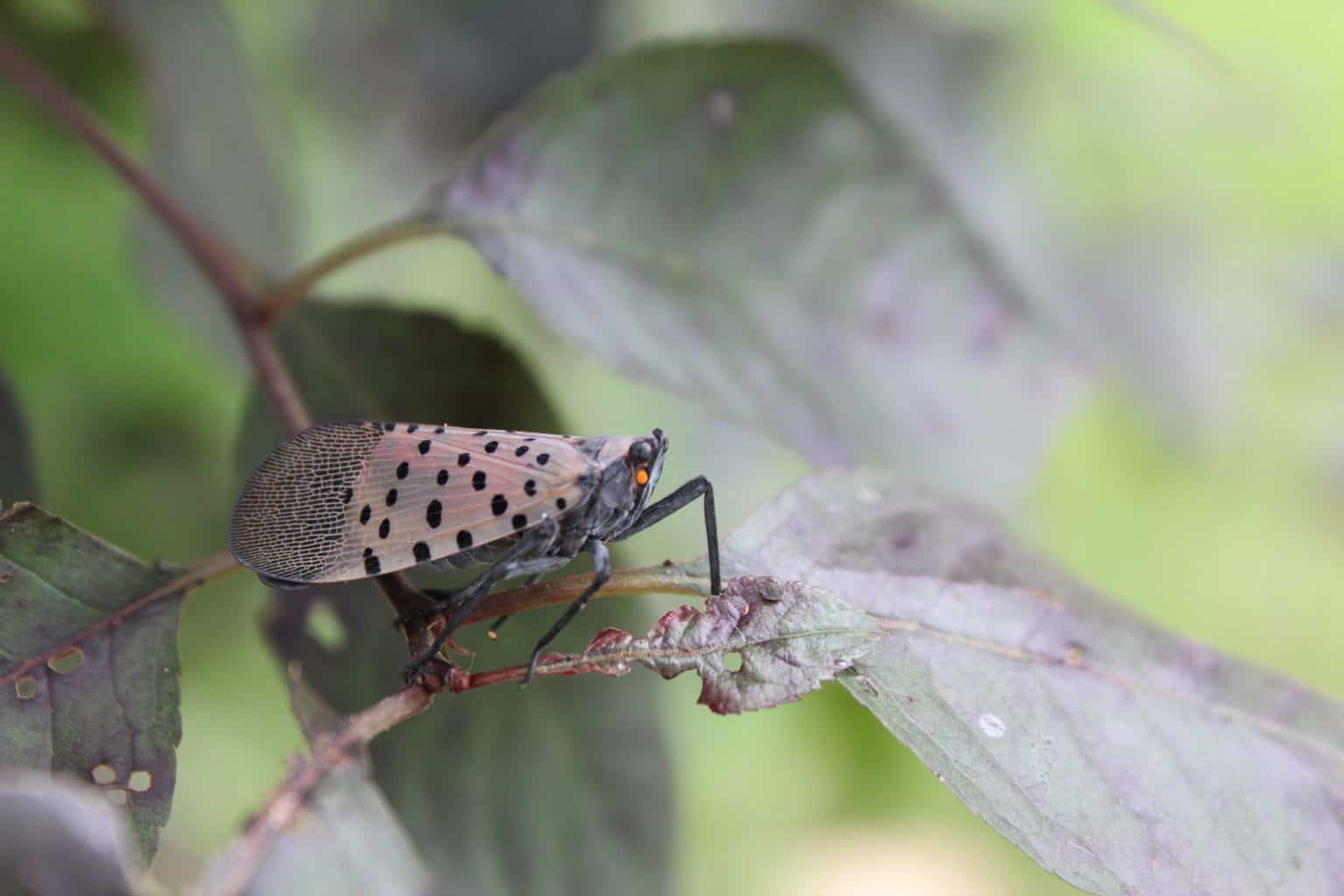By Karl Blankenship & Timothy B. Wheeler, Bay Journal News Service
An updated menhaden population assessment that takes into account the ecological role of the species as a popular food for other fish deems the coastwide stock to be in good shape.
The latest assessment, presented to the Atlantic States Marine Fisheries Commission (ASMFC) Aug. 3, incorporates data collected through last year. It concluded that “overfishing is not occurring, and the stock is not considered overfished.”
Menhaden are a small fish but have long stoked big controversies, especially in the Chesapeake Bay, where conservation groups contend commercial harvests leave too few of the “forage” fish in the water to support striped bass and other fish.
That concern spurred the ASMFC, an organization made up of fishery managers from East Coast states and federal agencies, to make adjustments to their assessment methodologies two years ago to better account for the role of menhaden in the food chain.
But even with the new methodology, the latest assessment concluded the overall stock was healthy—a finding immediately touted by the Menhaden Fisheries Coalition, a group representing commercial harvesters.
“Using these stricter standards that incorporate the forage needs of predators, the new assessment has found that the menhaden fishery is sustainable, and that menhaden fishing does not negatively affect predator populations,” it said in a statement.
Some conservation groups contend the assessment evaluates the menhaden stock coastwide and does not necessarily reflect what is happening in the Bay, where much of the harvest takes place.
A coalition of 11 national and Virginia-based groups petitioned Virginia Gov. Glenn Youngkin in June to put the Bay off-limits to Omega Protein.
Omega, which operates a “reduction” fishery based in Reedville, VA, is responsible for about 70% of East Coat menhaden harvest, which it turns into a variety of products from fish oils for humans to feed for pets.
The remainder of the harvest is conducted by smaller operations in the Bay and along the coast which primarily capture menhaden for bait in other fisheries.
Those urging an end to Omega harvests in the Bay said their views were unswayed by the ASMFC finding.
“We have reason to believe there is localized depletion in the Bay,” said Steve Atkinson, president of the Virginia Saltwater Sportfishing Association, one of the groups participating in the petition.
The groups, which include the Theodore Roosevelt Conservation Partnership, the Marine Retailers Association of the Americas and state and national sport fishing associations, contend that annual harvests of menhaden have “deprived gamefish like striped bass, bluefish and weakfish of a critical food source.”
Jaclyn Higgins, spokesperson for the Roosevelt conservation group, said that while the ASMFC’s latest assessment updated estimates of menhaden abundance, it relied on 5-year-old data about other fish species in the food chain, the status of which could have changed in that time.
The striped bass population has been in decline for years and conservation groups have blamed menhaden harvests in the Bay, which is a nursery area for most of the East Coast striped bass population, for playing a role in their decline. Diet studies, though, show that bay anchovy and other species tend to be more important to striped bass in the Chesapeake.
Omega spokesman Ben Landry said he wasn’t surprised that “special interest groups are blaming the company for all of their self-created woes.” Landry noted that the ASMFC’s striped bass assessments have blamed overharvest, particularly by recreational anglers, for the decline of striped bass.
“The reason for the decline in striped bass numbers is not a lack of available menhaden in the species’ diet,” Landry said. “Instead the culprit is right in front of our faces: recreational anglers have removed too many stripers and now the species is having trouble recovering.”
Omega’s menhaden harvest in recent years has averaged 137,000 metric tons. Its Bay harvest is capped at 51,000 metric tons, with the rest coming from coastal waters.
If Bay harvests were closed, Landry said, it would be the “beginning of the end of the Reedville operations” because weather and sea conditions along the coast would make it “incredibly difficult and dangerous” for the fleet to extend its fishing season in the Atlantic.
Understanding the status of menhaden in the Bay has proven to be a challenge as the species migrates along the coast and moves freely in and out of the Chesapeake.
Some Bay-specific numbers may be in the offing, though. Congress approved funding in this year’s federal budget to support collection of menhaden abundance data in the Chesapeake.
Still, it will take years to collect that information, and the ASMFC indicated that its next menhaden assessment, expected in 2025, will continue to evaluate the stock coastwide.




